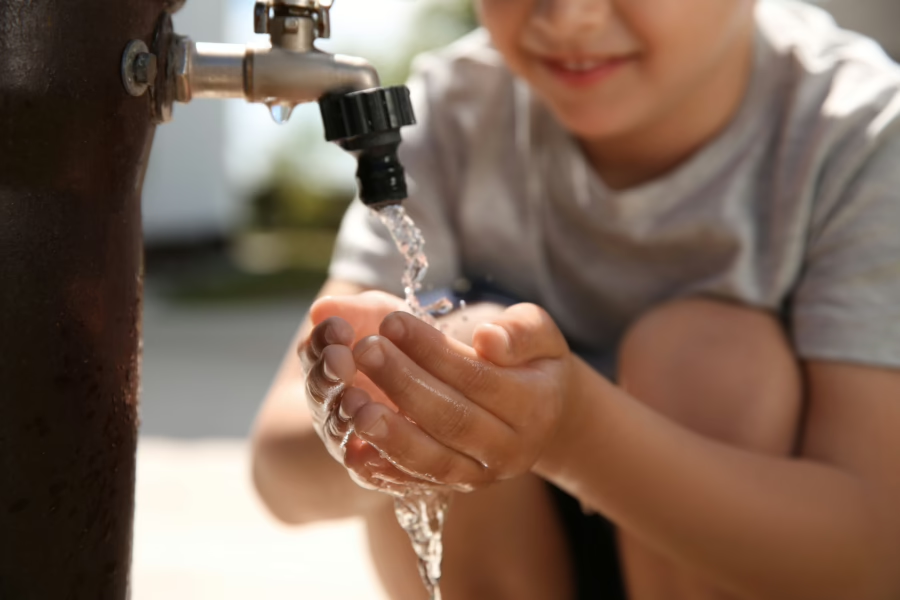The US Environmental Protection Agency (EPA), in response to extensive public interest and input, recently issued its first-ever comprehensive Per- and Polyfluoroalkyl Substances (PFAS) Action Plan. The plan outlines steps the agency is taking to address PFAS—chemicals that are important ingredients in making products such as Teflon or Scotchgard and that are also found in some blends of fire suppression foam.
According to the EPA’s February 14 press release, “The PFAS Action Plan is the most comprehensive cross-agency plan to address an emerging chemical of concern ever undertaken by EPA,” said EPA Acting Administrator Andrew Wheeler. “For the first time in Agency history, we utilized all of our program offices to construct an all-encompassing plan to help states and local communities address PFAS and protect our nation’s drinking water. We are moving forward with several important actions, including the maximum contaminant level process, that will help affected communities better monitor, detect, and address PFAS.”
The Agency’s actions described in the plan include proposing a regulatory determination for two PFAS chemicals (PFOA and PFOS) in 2019, which is the next step in the process for establishing a maximum contaminant level (MCL) under the Safe Drinking Water Act. By the end of this year, the EPA will propose a regulatory determination, which is the next step in the Safe Drinking Water Act process for establishing an MCL. While the EPA stopped short of committing to a strict new limit to the compounds in drinking water, it is moving to list these two chemicals as hazardous substances and plans to issue interim groundwater cleanup recommendations. The Agency is also proposing to develop a PFAS risk communication toolbox to help states communicate with the public.
Public health concerns have been raised regarding PFAS contamination in drinking water, which has prompted some states to take actions to address it. The EPA said it will continue to work with other federal agencies, states, water utilities, and the public, among others, to implement the plan. Meanwhile, Michigan became the first state to systematically test its drinking water for PFAS. Of Michigan’s 1,114 public water systems, 461 schools with their own wells, and 17 tribal water systems that were tested, only two sites exceeded the EPA’s recommended safety limit of 70 parts per trillion of PFOA and PFOS. However, the compounds were found at lower levels in 10 percent of systems. Since PFAS has the ability to build up over time (bioaccumulation), it is unclear what a “safe” level of exposure might be. Michigan plans to add more testing sites and expand its knowledge of PFAS contamination across the state.
To learn more about PFAS please visit the EPA’s website.


